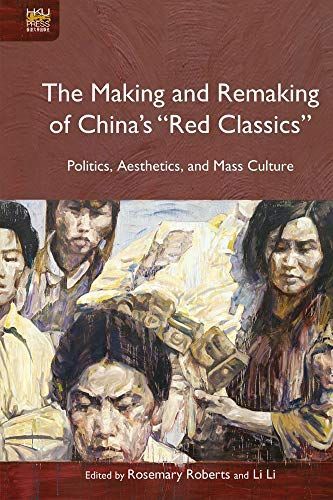
The Making and Remaking of China’s “Red Classics” Politics, Aesthetics, and Mass Culture
The Making and Remaking of China’s “Red Classics” is the first full-length work to bring together research on the “red classics” across the entire Maoist period through to the reform era. It covers a representative range of genres including novels, short stories, films, TV series, picture books, animation, and traditional-style paintings. Collectively, the chapters offer a panoramic view of the production and reception of the original “red classics” and the adaptations and remakes of such works after the Cultural Revolution. The contributors present fascinating stories of how a work came to be regarded as, or failed to become, a “red classic.” There has never been a single answer to the question of what counts as a “red classic”; artists had to negotiate the changing political circumstances and adopt the correct artistic technique to bring out the authentic image of the people, while appealing to the taste of the mass audience at the same time. A critical examination of these works reveals their sociopolitical and ideological import, aesthetic significance, and function as a mass cultural phenomenon at particular historical moments. This volume marks a step forward in the growing field of the study of Maoist cultural products. “The Making and Remaking of China’s ‘Red Classics’ analyzes the creation of literature in the Maoist era as well as the way in which the revolutionary canon was rediscovered and imagined during the reform period. This book is a timely and fascinating set of studies, critically illuminating a foundational time during PRC history and its aftermath.” —Wendy Larson, professor emerita, University of Oregon “Creative works produced in the Mao era (1942–1976) are often dismissed as mere propaganda. Despite the fact that they are artistic reflections of that remarkable period, scholars have generally ignored these ‘red classics.’ This book throws much needed light on them. It is a must-read for anyone wanting to understand the cultural scene in China.” —Kam Louie, honorary professor, University of Hong Kong and UNSW, Australia